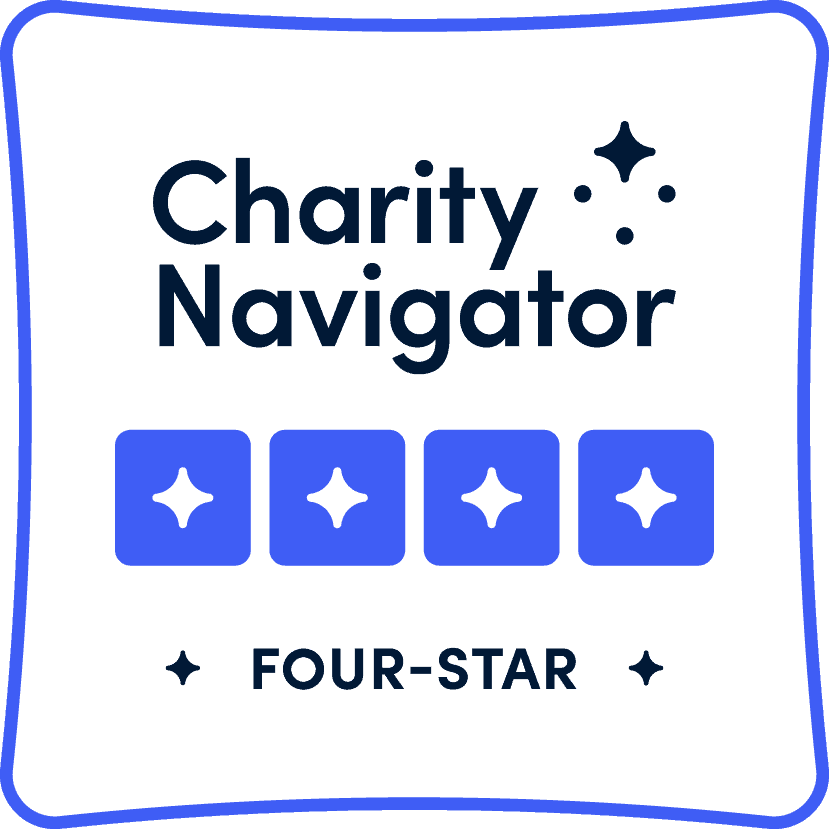There is only one, blinking traffic light in McRoberts, a small mining community in southeastern Kentucky.
The nearest supermarket is 25 miles away and the median income is $18,333. The once thriving 5.4 square-mile town, home to nearly 3,000 mining jobs, was devastated in 1998 when an energy company began blasting away mountaintops in the area.
Mining jobs disappeared and the small dot on Kentucky’s border shrunk even more.
Township resident Naomi Eisenberger first saw the poverty in the once vibrant community when she visited in 2010 with Rabbi Steven Bayer, of Congregation B’nai Israel, coming away filled with despair at what time and progress wrought.
The two will return to McRoberts for the fifth consecutive year from Sunday, June 7, through Friday, June 10.
“Urban poverty I know, but rural poverty is a very different thing,” said Eisenberger, the founding executive director of the Good People Fund (GPF). The nonprofit organization provides financial support, guidance and mentoring to charitable activities of modest proportions undertaken by people acting singly or in small groups, according to the GPF website.
“I’ve lived in suburbia all my life, so this was an environment I’d never been exposed to,” she added. “Here, there are resources all over the place, but McRoberts is so isolated.”
Eisenberger and Bayer will be joined by Millburn volunteers Henry and Roslyn Brendzel, and Lara and Jesse Moehlmanl. The group is partnering with the Redistribution Center of Colorado, which brings unused retail merchandise to struggling families in America.
Though GPF volunteers have returned annually to McRoberts for five years, Eisenberger said it took close to three years to establish a trusting relationship.
“I think there was a natural suspicion that we were sort of going to drop in and out,” Eisenberger said. “Over time, they saw we were really committed and the community itself came to understand we were serious about wanting to be part of their lives.”
The first GPF-sponsored program in McRoberts was implemented in 2010 through an organization called Family to Family, designed to help people living in poverty in rural communities.
GPF and Family to Family teamed up to create “Food for Backpacks,” after the principal of McRoberts’ elementary school reached out to Family to Family for help feeding her students on the weekends.
According to the census, more than 90 percent of McRoberts’ children qualify for free or reduced lunch, and because many students in the elementary school rely on the school’s breakfast and lunch program, Eisenberger said few children are properly nourished on weekends.
And so, every Friday afternoon, the children picked up a bag filled with food for the weekends. Eisenberger said the program provided the children with a year’s-worth of supplies and once the year was up, the principal again reached out to Family to Family requesting another year of the program. Food for Backpacks has been in place at the McRoberts elementary school ever since.
Despite the commitment of GPF and other independent organizations to McRoberts, Eisenberger said there has been insignificant advancements in the Appalachian city.
“There are so many things going against the tide which makes it an area resistant to any improvement,” said Eisenberger, who listed physical isolation and widespread drug abuse among many hindrances from development. School is closed down for weeks at a time during the rougher winters, she added, because there is no way to clear the unpaved roads for the school busses.
The people, however, are “warm, humble and appreciative,” Eisenberger said, which is why she will return to McRoberts again and again, so long as the one traffic light blinks.





